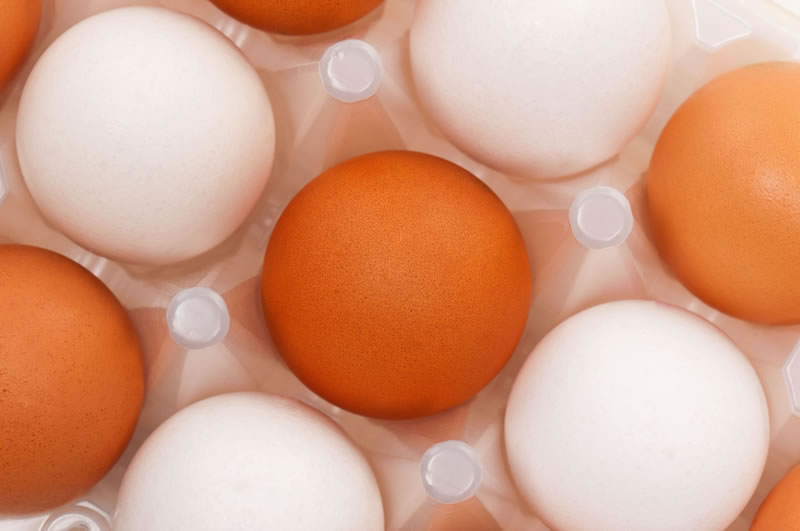
Genetic selection over the last 70 years has seen substantial improvements in the performance of laying hens. In particular, the combined effects of increased egg production, reduced bodyweight and lower maintenance requirements have brought about significant improvements in feed conversion efficiency. The rates of feed efficiency gain are likely to slow, as egg production approaches the biological threshold of 365 eggs per annum. The emphasis of selection has changed over the past decade to meet specific market needs, due to the changing worldwide egg industry.
The hens’ adaptability to varying environments, while maintaining good health plays an important part in Hendrix Genetics - ISA’s breeding program. These days, commercial layers should be able to cope with a variety of field conditions and management systems, such as high-density cages, open houses or free range.
Breeding for 500 eggs
Hendrix Genetics aims for a production life of 500 eggs through one laying cycle in its commercial layers. Thus, overall livability, including longevity, is an important component of productive flocks. To support the hens’ genetic potential of 500 eggs through one laying cycle, it is necessary to increase their feed intake from the end of the growing period towards the peak of production in a short time.
During this period, the bird is not only adjusting to her new environment, she must consume enough energy and nutrients for her body weight development and to reach the high peak in egg production.
A uniform flock is of major importance in providing balanced diets in order to optimize the birds’ genetic potential. So an important step towards achieving 500 eggs per bird is good management of the pullet flock.
Feed consumption is the behavioral response to a homeostatic drive, which is activated by disequilibrium in a metabolic state of the bird. The most commonly-used criteria for feed efficiency in laying hens are: daily feed intake per hen; feed intake per egg; feed conversion (kg feed per kg egg mass); and egg income minus feed cost. Increasing the egg output and/or reducing the bodyweight will lead to improved efficiency of egg production. Hendrix Genetics’ focus is on increasing egg output by egg numbers and egg mass, not by the reduction of the birds’ bodyweight. A further reduction of the birds’ bodyweight will lead to more efficient birds, since less feed is required for the birds’ growth and maintenance. But birds with some body reserves are better able to cope with environmental fluctuations and disease challenge, e.g. the maximum egg output per bird requires a stock-specific optimum bodyweight. When selecting our birds, we take the aforementioned into account, since our breeding goal is to produce birds that are more feed efficient with each new generation, and to ensure that they adapt and grow well, stay healthy, are easy to manage and show production performance on an optimal level.
Individual feed consumption records enhance the selection for efficiency of egg production. For feed consumption, heritabilities are in the range of 0.25 – 0.45, and heritabilities for feed conversion are in the range of 0.20 – 0.40. As part of our breeding program, we measure feed consumption, egg production and egg weight at an individual basis in all of our genetic lines. By measuring all these traits, we have been able to select directly towards more efficient birds. The breeding goal for commercial layers is to maximize egg income over feed costs, while not compromising on the hens’ health and well-being.
An undesired development in laying hens is the gain in bodyweight after the birds’ peak production period. This gain in bodyweight is mainly composed of lipids; meaning that there is a low variation in energy content, and hence, in energy required for gain. As part of Hendrix Genetics’ breeding program, we also measure the birds’ individual bodyweight after 90 weeks of age. Our goal is to keep the bodyweight gain from peak period towards the end-of-lay close to zero, in this way, the bird utilizes the gross energy from feed more efficiently for maintaining a healthy body condition and egg production.
Future Developments
The largest contribution to future improvements in feed conversion efficiency is expected to come from increased egg production, e.g. longer persistency, while not ignoring the hens’ health and well-being. Significant differences do exist between in Hendrix Genetics’ genetic lines and therefore clear variation between commercial crosses. Every layer farmer has their own needs, depending on their system, management and the climate.
